
- Home
- Product
- Broadcast Towers
- FMUSER 532-1602 kHz Medium Wave Biconical Antenna Up to 50kW Input Power
- DTV Headend Equipment
-
Control Room Console
- Custom Tables & Desks
-
AM Transmitters
- AM (SW, MW) Antennas
- FM Broadcast Transmitters
- FM Broadcast Antennas
-
Broadcast Towers
- STL Links
- Full Packages
- On-Air Studio
- Cable and Accssories
- Passive Equipment
- Transmitter Combiners
- RF Cavity Filters
- RF Hybrid Couplers
- Fiber Optic Products
-
TV Transmitters
-
TV Station Antennas
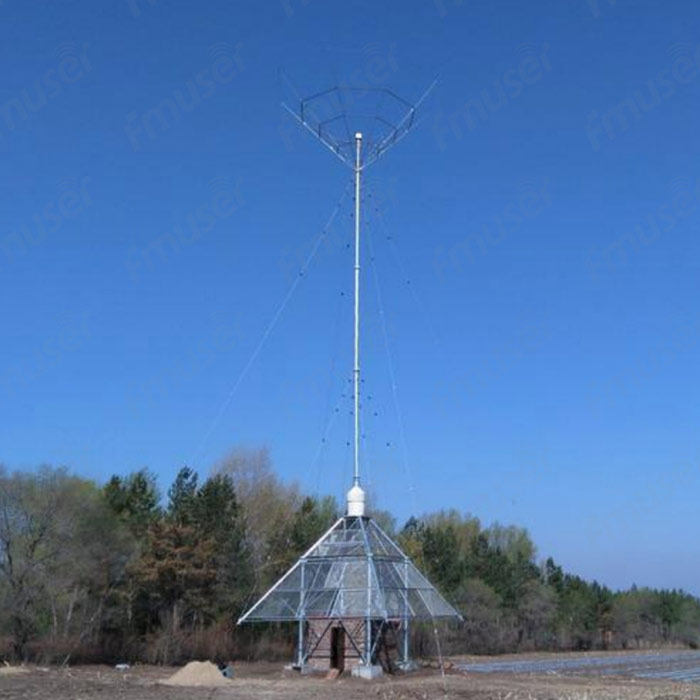
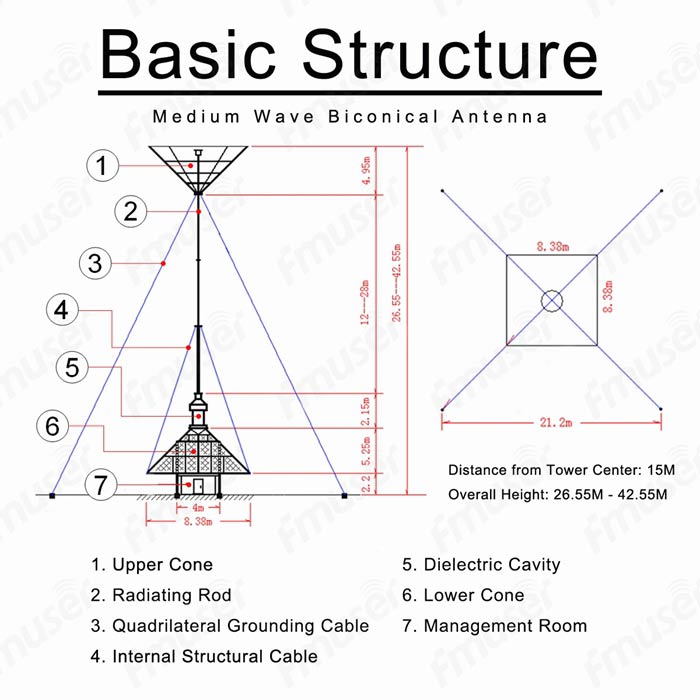
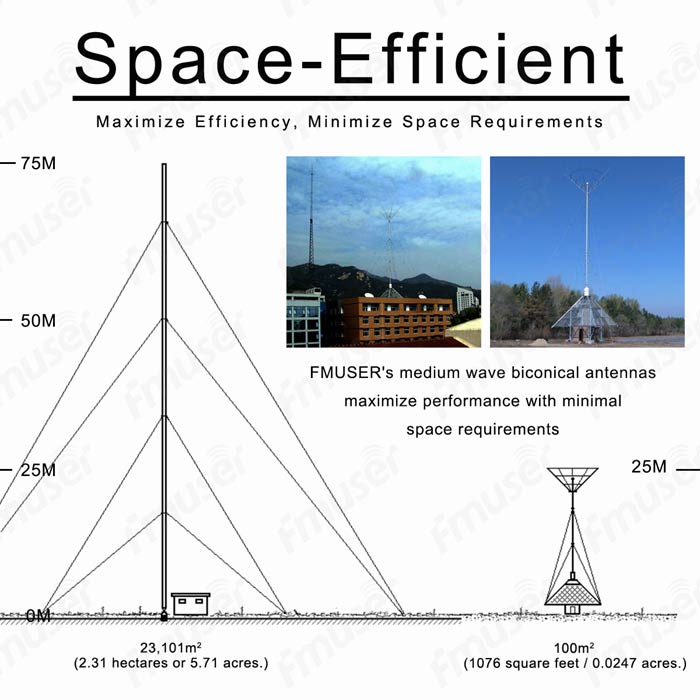
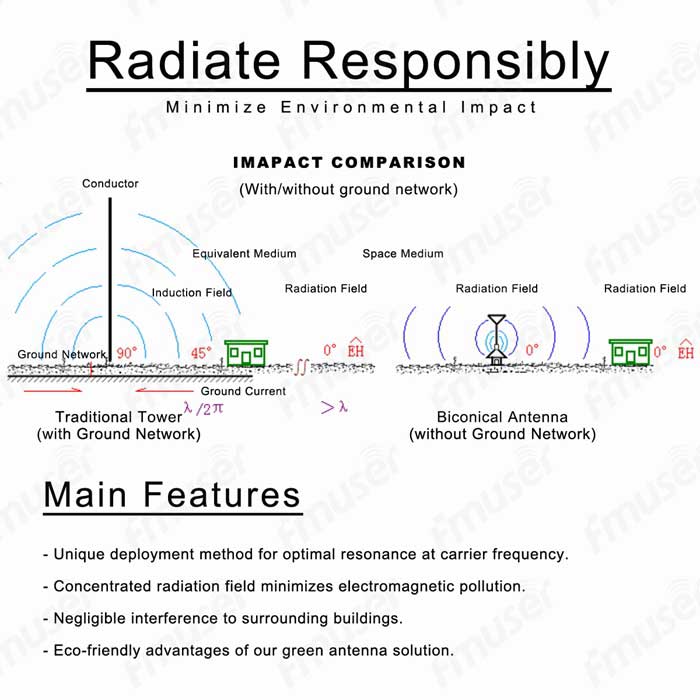
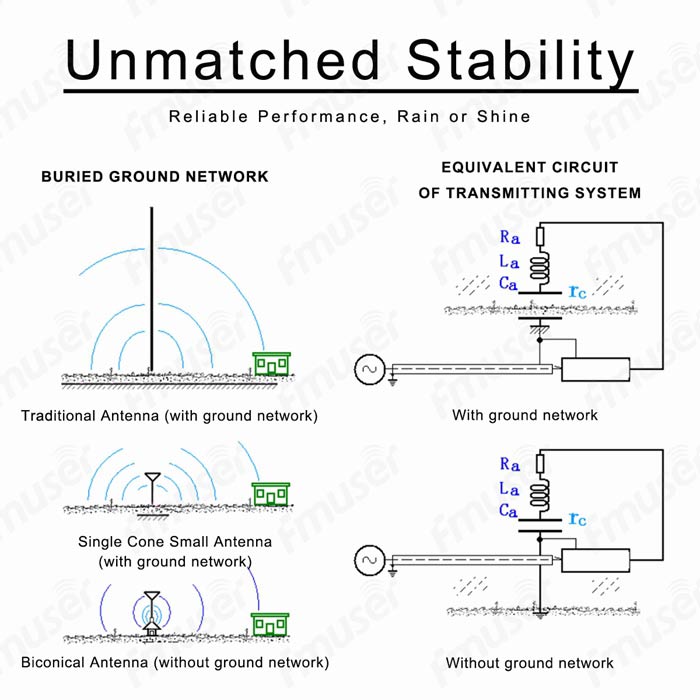
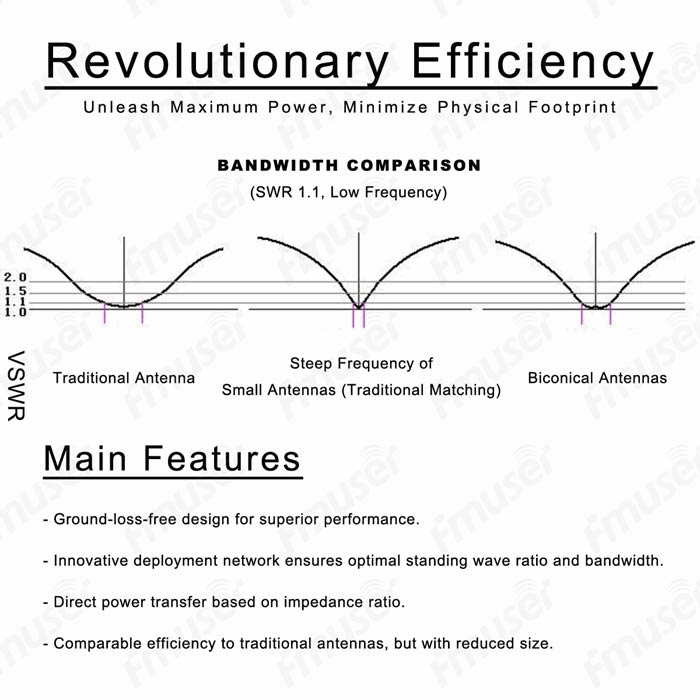
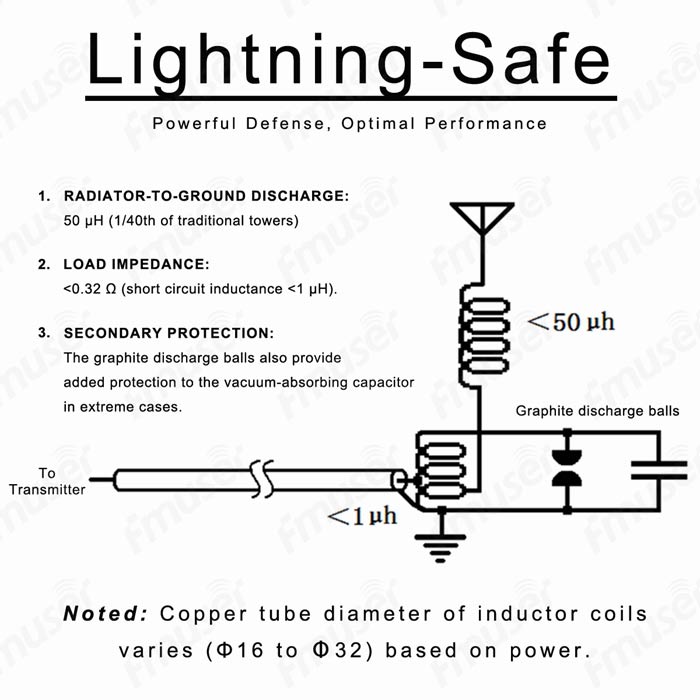
FMUSER 532-1602 kHz Medium Wave Biconical Antenna Up to 50kW Input Power
FEATURES
- Price (USD): Contact for more
- Qty (PCS): 1
- Shipping (USD): Contact for more
- Total (USD): Contact for more
- Shipping Method: DHL, FedEx, UPS, EMS, By Sea, By Air
- Payment: TT(Bank Transfer), Western Union, Paypal, Payoneer
What Is a Medium Wave Biconical Antenna and How It Works
The medium wave biconical antenna is a type of wideband antenna commonly utilized for radio broadcast reception in the medium wave frequency range. It consists of two symmetrical cone-shaped elements placed point-to-point, resembling an hourglass or a pair of ice cream cones joined at their bases. This unique design allows for the reception of a broad range of frequencies within the medium wave band, typically spanning from 530 kHz to 1710 kHz.
Watch our 10kW AM transmitter on-site construction video series in Cabanatuan, Philippines:
A medium wave biconical antenna operates based on the principle of electromagnetic radiation and reception. When an electromagnetic wave, carrying the radio signal, reaches the antenna, it induces an oscillating electric current in the antenna's elements. This current flows between the two cones, creating an electromagnetic field around the antenna.
The biconical antenna's symmetrical structure ensures that the electromagnetic field radiates evenly in all directions, making it omnidirectional. As a result, the antenna can capture radio signals from all angles, allowing for reliable reception from various directions.
The cone-shaped elements of the biconical antenna are carefully designed to achieve resonance at the desired range of medium wave frequencies. This resonance enables efficient transfer of the received electromagnetic energy to the connected receiver or broadcasting system.
Due to its wideband capabilities and omnidirectional reception, the medium wave biconical antenna is widely used in radio broadcasting applications. Its ability to capture signals from all directions makes it ideal for situations where a consistent and reliable reception is required. The design and functionality of the medium wave biconical antenna contribute to its effectiveness in ensuring efficient transmission and reception of medium wave radio signals.
Main Features
- No Ground Grid: The biconical structure eliminates the need for a ground grid, allowing for a compact footprint. This flexibility enables the antenna to be installed on rooftops or hills, providing versatile location options.
- Excellent Stability: The upper and lower cones directly facilitate the flow of radio frequency, unaffected by unstable factors like ground resistance, soil conditions, vegetation, seasons, and climate. Specially customized high-voltage and high-temperature coefficient vacuum capacitors ensure stable operation, even in regions with temperature differences exceeding 60 degrees throughout the year, without requiring manual adjustments.
- Low Electromagnetic Pollution: The biconical antenna adopts a unique deployment method, ensuring complete resonance of the radiator at the carrier frequency. As a result, the radiation field is confined to the immediate vicinity of the antenna, minimizing electromagnetic pollution and interference with surrounding buildings. It can be considered an environmentally friendly or "green" antenna.
- High Radiation Efficiency: The absence of ground resistance loss, combined with the unique matching method employed in the deployment network, enhances the performance of standing wave ratio and bandwidth. By transmitting input power directly to the radiator based on impedance ratio, the antenna achieves comparable radiation efficiency to that of a traditional λ/4 wavelength antenna while significantly reducing its size.
- Effective Lightning Protection: The network inductance is matched to ensure that the discharge inductance from the radiator to the ground does not exceed 50 µH, which is only 1/40th of the discharge inductance of a traditional tower. The load protection impedance against lightning energy is <0.3 Ω (short circuit inductance <1 µH), resulting in an excellent lightning protection effect.
- Safety, Reliability, and Maintenance-Free: The stable and reliable lower cone features a four-tube structural base, while the upper cone's radiating rod and rod-fin structure offer minimal wind resistance. The medium cavity incorporates a specially designed protective process structure along with multiple composite materials, ensuring high resistance to wind and earthquakes. The tower body is entirely hot-dip galvanized, providing excellent anti-corrosion performance and requiring no maintenance.
Specifications
| Names | Specifications | Why it Matters |
|---|---|---|
| Working Frequency | 531—1602 kHz | The range of frequencies at which the device operates. It determines the specific radio frequency that the device can receive and transmit. |
| Input Power | 1—50 kW | The range of power levels that the device can handle. It signifies the maximum amount of power that can be inputted into the device. |
| Antenna Impedance | 50 ± 5 Ω | The resistance and reactance characteristics of the antenna interface. It ensures the efficient transfer of power between the antenna and device. |
| Carrier Frequency Standing Wave Ratio | VSWRf0 ≤ 1.1 | The measure of how well the device matches the antenna impedance, indicating the effectiveness of power transfer and signal quality. |
| Transmission Bandwidth | Δf ≥ 9 kHz | The range of frequencies over which the device can transmit signals. It affects the amount of information that can be transmitted simultaneously. |
| Radiation Efficiency | Equivalent to a traditional tower with a length of λ/4 | The comparison of the device's ability to convert input power into radio waves to that of a traditional tower. |
| Wind Resistance Strength | Level 13 (can be increased to level 17 as required) | The device's ability to withstand wind forces of a certain magnitude. Higher levels indicate better resistance and stability. |
| Earthquake Intensity | Above 7 degrees | The level of seismic activity that the device can endure without significant structural damage. Higher intensities imply greater resilience. |
| Service Life | More than 30 years | The expected duration of the device's operational lifespan. It ensures long-term performance and reliability. |
| Working Mode | Single Frequency/Dual Frequency | The operational mode of the device, allowing it to operate on either a single frequency or multiple frequencies based on the required conditions. |
CONTACT US


FMUSER INTERNATIONAL GROUP LIMITED.
We are always providing our customers with reliable products and considerate services.
If you would like to keep touch with us directly, please go to contact us



